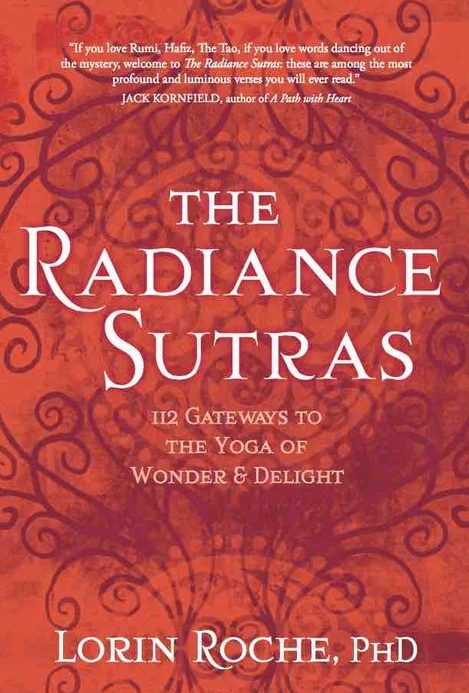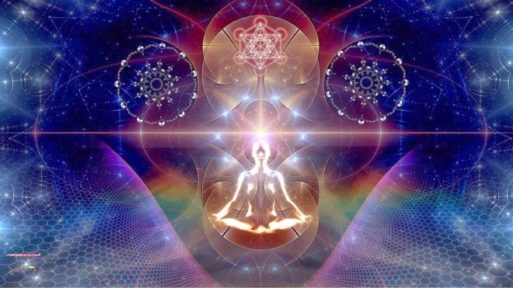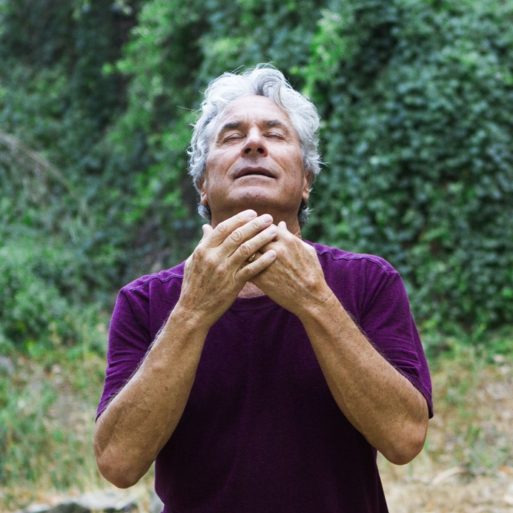 The Vijnana Bhairava Tantra — recently translated by Lorin Roche, Ph.D. as “The Radiance Sutras: 112 Gateways to the Yoga of Wonder and Delight,” has no known date of origin or author, though it originates from the land we know today as India. This text is one of the earliest “tantras,” or written sources for the practice of yoga and meditation, composed anonymously by an individual or group of people channeling a dialogue between Devi (the Yin or female aspect of the universe) and her lover Bhairava (the Yang, or male aspect). The earliest written source of the word “yoga” is within the context of yoking or tying two things together, and also to bring imbalances into harmony.
The Vijnana Bhairava Tantra — recently translated by Lorin Roche, Ph.D. as “The Radiance Sutras: 112 Gateways to the Yoga of Wonder and Delight,” has no known date of origin or author, though it originates from the land we know today as India. This text is one of the earliest “tantras,” or written sources for the practice of yoga and meditation, composed anonymously by an individual or group of people channeling a dialogue between Devi (the Yin or female aspect of the universe) and her lover Bhairava (the Yang, or male aspect). The earliest written source of the word “yoga” is within the context of yoking or tying two things together, and also to bring imbalances into harmony.
As Devi and Bhairava speak to each other of the truths and mysteries of the world through the yuktis (sutras/meditation instructions), their dialogue reveals methods to approach the journey of life and death with gratitude, joy, curiosity and presence. For this reason, Roche — a Vedic scholar and translator who has lived with this text for decades — gave it the title “Radiance Sutras” as a way for English-speaking readers to understand the luminous essence of these teachings.
The text opens with Devi addressing Bhairava, beginning the inquiry into a deeper understanding of the essence of the world. She sings, “shrutam deva maya sarvam rudra yamala sambhavam” — “Beloved, I have been listening to the hymns of creation.” This listening to the natural rhythms all around us is the essence of the Radiance Sutras. She continues,
I have been listening to the love songs of
Form longing for formless.
What are these energies
Undulating through our bodies,
Pulsing us into action?
And this “matter” out of which our forms are made —
What are these dancing particles of condensed radiance?

Credit: youtube.com
Thus begins the playful exploration of experiencing one’s own body, experiences and perspectives that lead to a clearer personal, felt-sense connection to the ephemeral, infinite aspect which all peoples throughout time have sensed and attempted to articulate. The yuktis are short, evocative and resonant, and provide ample space for everyone to explore the concepts in their own way. For example, Yukti 54 states:
You who have been seeking, whatever path you are on,
A moment will come when
Divine pulsation grabs you
And carries you into its dance.
In the midst of ecstatic motion,
Your body dissolves into light, leaving only
The softly glowing benediction of the bones.
You become the face of fury, yet serene within.
…
The soul reveals itself to itself

Credit: pilastridiluce.net
The Radiance Sutras do not require a prerequisite for waking up, no ceremony or initiation, but rather invite us to begin where we are, to notice the small things — like the space between an inhalation and exhalation, calling us to “Lose [our]selves in spaciousness” and “Come home to your true Self” (Yukti 53). They are exquisitely inviting, as in Yukti 22:
The heart is wide as a spiral galaxy.
Steadily consider
Back, root, heart,
And know the living body of vastness
That you are.

Lorin Roche, Ph.D.
(Credit: radiancesutras.com)
Whoever may be in doubt about the beauty of the world and the gift of life is quickly awakened again with just a few lines of the gorgeously translated Radiance Sutras. This book is also a comfort to those who have lost bodily strength due to injury or illness, because the practices are inward and focus largely on the breath, and the intimate experience of one’s own body, inviting the reader to cultivate tenderness and patience with oneself. For those who are grieving, the Radiance Sutras offer a way out of the darkness, heaviness, and stasis of bereavement like a lighthouse in the storm. If you are called to purchase this book, get yourself two copies; keep one for yourself and give the other to someone you love.

 “The Radiance Sutras” translated by Lorin Roche, Ph.D
“The Radiance Sutras” translated by Lorin Roche, Ph.D


 First the Wealth Gap, Now the U.S. Has a Growing Health Gap
First the Wealth Gap, Now the U.S. Has a Growing Health Gap
 How to Comfort A Dying Loved One
How to Comfort A Dying Loved One
 Our Annual Seven Holiday Gifts for Someone Who Is Grieving, 2024 Edition
Our Annual Seven Holiday Gifts for Someone Who Is Grieving, 2024 Edition














